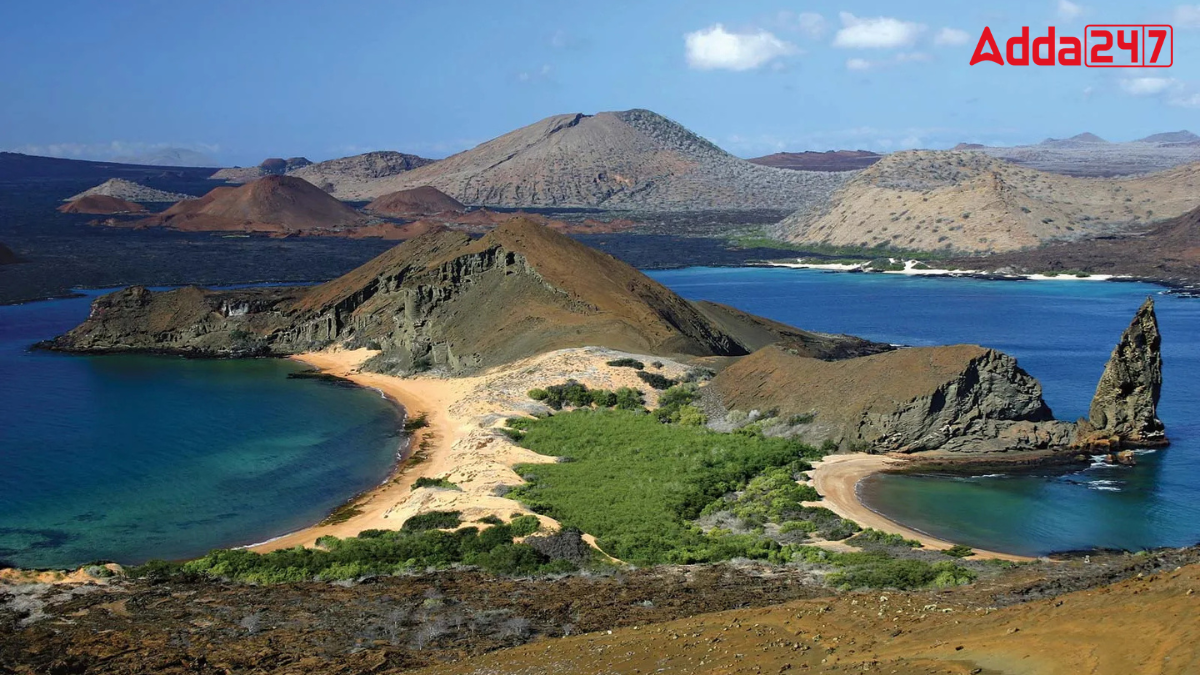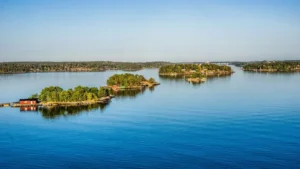The Galápagos Islands are a famous group of islands known for their unique wildlife and stunning natural beauty. These islands attract scientists, nature lovers and travelers from around the world. Home to giant tortoises, rare birds and volcanic landscapes, they have played an important role in scientific discoveries. Their location in a vast ocean makes them even more special and exciting to explore.
Which Ocean Are the Galápagos Islands in?
The Galápagos Islands are found in the Pacific Ocean, the biggest ocean on Earth. They are located around 600 miles (1,000 km) west of Ecuador’s mainland. Most of these islands lie in the South Pacific, but some are near the equator, placing them in both the Northern and Southern Hemispheres.
Location Details of Galápagos Islands
The islands sit at the Galápagos triple junction, where three major tectonic plates – the Cocos, Nazca and Pacific plates, meet. This movement of plates has helped shape the islands over millions of years.
Why are the Galápagos Islands Important?
The Galápagos Islands are world-famous for their rare animals, including giant tortoises, marine iguanas and flightless cormorants. Scientists call the islands a “living museum of evolution” because of the unique plants and animals found there.
Historical Significance of Galápagos Islands
The Galápagos Islands are a UNESCO World Heritage Site. In 1835, Charles Darwin visited the islands on the HMS Beagle. His observations of the animals and plants here helped him develop the theory of evolution of natural selection.



 Narpuh Wildlife Sanctuary: Conservation ...
Narpuh Wildlife Sanctuary: Conservation ...
 Top and Bottom 10 Countries in the Globa...
Top and Bottom 10 Countries in the Globa...
 Which Country has the Highest Number of ...
Which Country has the Highest Number of ...







